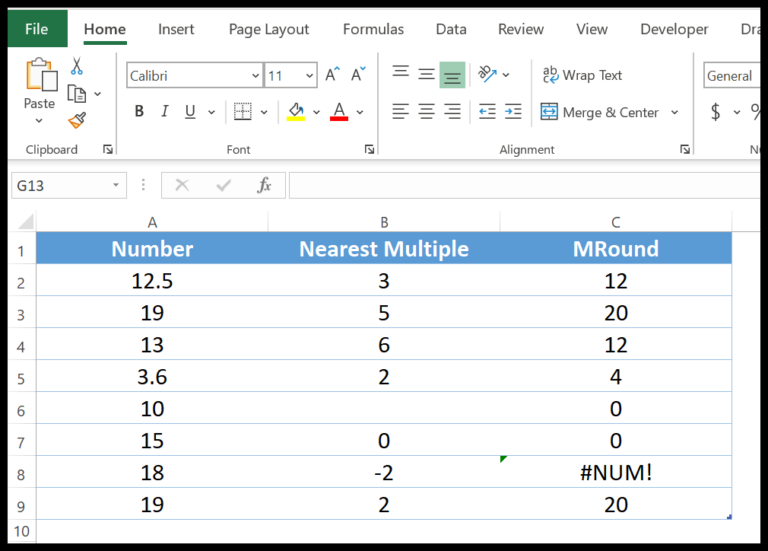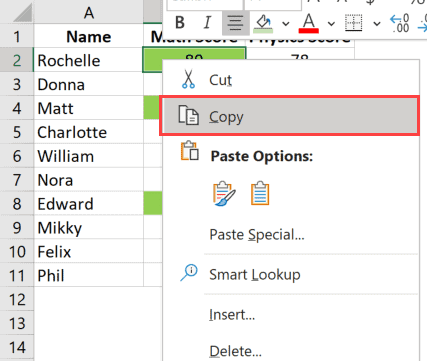In programming with Visual Basic for Applications (VBA), a common task is to assess if a variable or data point lacks a value, or in more technical terms, to check if it’s ‘Null’. That’s where the IsNull function of Excel VBA becomes a handy tool in a programmer’s toolkit. It’s a pretty straightforward function that returns a simple ‘True’ or ‘False’. If you feed it a variable and it turns out that variable has no valid data in it, IsNull will tell you that’s the case by returning ‘True’; otherwise, you’ll get a ‘False’.
Isn’t that neat? VBA is all about making tasks easier in Excel, and the IsNull function is a perfect example of this. Simply put, it’s used to determine the presence or absence of meaningful data in a variable. If you’ve ever been confused when your code acts up because of some pesky unassigned variables, IsNull could save the day by flagging those silent data voids that can lead to unexpected results or errors in your applications.
Syntax
IsNull(expression)
Arguments
- Expression: I need to check if it’s NULL.
- Variables: Are any variables part of my expression empty or unset?
- Boolean: I’ll get either
TrueorFalse. - Null Value: Does the expression equal nothing?
- Variant: A catch-all data type that can be anything.
- Numeric Expression: Is it numbers I’m looking at?
- String Expression: Or is it text? Even a zero-length string.
Example
Here’s a snippet of VBA code I wrote in my Excel workbook’s module to check if a variable, myVar, is null:
Sub example_ISNULL()
Dim myVar
myVar = Null ' initialize myVar as Null
Range("A1").Value = IsNull(myVar)
End Sub
In this VBA example, the function IsNull evaluates whether myVar is Null and returns True to cell A1. It’s a straightforward way to determine and filter for null values to prevent errors in your macros or larger projects.
Remember these steps to modify as needed:
- Select the module in the VBA editor
- Initialize the variable, for example,
myVar - Write the conditional statement using
IsNull - Execute the code to see results in the spreadsheet‘s cells

